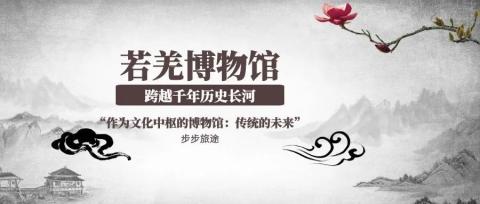

We left Mangya early in the morning and headed straight to Ruoqiang. We thought the 350km journey would be easy, but it turned out to be the opposite, and it took us 18 hours to arrive!

It was okay to pass the checkpoint on the Qinghai side, and I passed it successfully in half an hour. But when we passed the checkpoint in Xinjiang, we waited for a full five hours. One was because of the traffic jam, and the other was because we were tourists from other places and needed to go to Ruoqiang for nucleic acid testing.

We also made lunch while waiting. . . . . . We can only go on the road after eating. Facts have proved that our decision is very correct. This meal is also our dinner~

The police car was always in front. It was already evening. In fact, it had just begun. It was already 2 o'clock in the morning when we arrived in Ruoqiang~

After taking the nucleic acid test and getting the report, we rested in Ruoqiang for one night and went to Ruoqiang Museum the next day.

The museum was still closed, so we couldn't go in. It was a bit of a pity that we could only see it from the outside this time.

Buddhist symbols


(Some photos taken before are quoted below)
Ruoqiang Museum is the first museum in China with the theme of Loulan culture. The museum integrates the collection, display, excavation and protection of "Lolan" cultural relics. It is an important platform for displaying historical cultural relics and humanistic resources such as the ancient city of Loulan, the ruins of Milan, and Xiaohe Cemetery. , is an important window for people to deeply understand the history and culture of Loulan!

Some collections in the museum






The famous Loulan beauty has a history of 3800 years!



In addition to Loulan beauties, there are also some ancient corpses. Loulan people are not yellow people, they should be a cross between Europeans and Central Asians. The high nose bridge and deep eyes make him look different from the Mongolian race at first glance. Another theory is that the Loulan people are a cross between Caucasians and Central Asians.





The once-prominent beauty of Loulan disappeared into the yellow sand of the desert together with the ancient Loulan Kingdom. There have been divergent opinions and no conclusion on the mystery of the disappearance of the ancient Loulan Kingdom. According to research by relevant scholars, there are several main theories for the disappearance of the ancient Loulan country: war, population migration, natural disasters, disease, biological invasion, etc.
Such an ancient civilization with a long history and full of mystery is worthy of our continued exploration and study!
